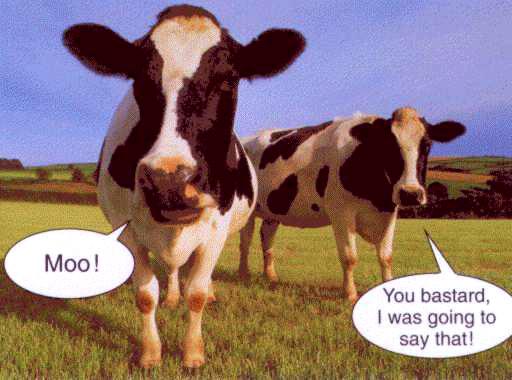The World's Fastest Indian
I almost didn't see this movie - the idea of some old timer breaking a land speed record on a creaky old motorbike didn't really do it for me. Then, when lots of people were talking about it and even my mother was keen to see it, I had trouble fitting it in, what with me moving about the country and it being on at random times. Finally, in Napier, I wandered into the theatre to see what was on and it was about to start. Now - I'm wondering why Burt Munro is not a better known name in New Zealand history. Not only did he break plenty of local and world land speed records, but he's a Kiwi battler to beat all battlers.
The opening of the movie could only have been shot in New Zealand - we get a quarter acre section with a concrete block shed (which turns out to be Burt's HQ and house), a Vauxhall parked beside it, a corrugated iron fence and one of those square, fibrolite walled tile-roofed houses next door, much like the government issue one I grew up in.
It is a crazy sort of story - in the early 1960's Burt, who has potentially fatal health problems, finally makes the push to achieve his life-long dream: to do the time trials on the salt flats in Bonneville. He is over 60 and his bike isn't much younger - it is an 1920's Indian Scout, with an original top speed of 55 miles an hour. Burt has, um, done some work on her in the meantime. There's a whole book (One Good Run: The Legend of Burt Munro, Tim Hanna, Penguin) devoted to the technical detail of that work -its not the sort of thing that means much to me, but I gave the book to my brother for Christmas because that's his life.
Of course, to his neighbours he's just a nuisance - making all sorts of noise at weird times - and no-one thinks he has a show, except for the kid next door. But just as he is leaving town there is an act of faith, from a very unexpected source: a group of thugs on motorbikes.
There's a Lost In Translation sort of feel to the USA when Burt first gets there - the Customs people are quite alarmed that he has an Indian in a crate - but he manages to make mates wherever he goes, even with those competing against him at Bonneville. He has quite a few hassles even getting to run because, in his innocence, he's done nothing to register or to ensure that his bike does anything like meet safety requirements. The thing that most worried me about the bike is that it is like a tin can: he is almost horizontal with his feet jammed inside the covers - I have no idea how he's supposed to stop the thing without it falling over every time. The story at this point seems to borrow from subsequent visits to the salt flats - including the speed he is said to achieve and his methods used to avoid speed wobbles.
The film is really about its central character: the whole thing stands on what sort of man Burt was and how well Anthony Hopkins portayed him. I rather suspect that we're presented with a slightly buffed up picture of Burt to give him a wider appeal, but no matter. As almost everyone over at the IMDB website are saying, Hopkins did an amazing job of bringing him to life - apparently Hopkins is on record as saying it is his own best work. The funny thing about his accent is that he sounded more distinctively Kiwi than any of the local actors - no doubt because he had to learn and portray the Southland accent. One nice touch: when Burt had to go into hospital for some tests, he was attended by the person who plays Louise in Mercy Peak. I know one thing: once this comes out on DVD, I'll be buying myself a copy.



0 Comments:
Post a Comment
Subscribe to Post Comments [Atom]
<< Home